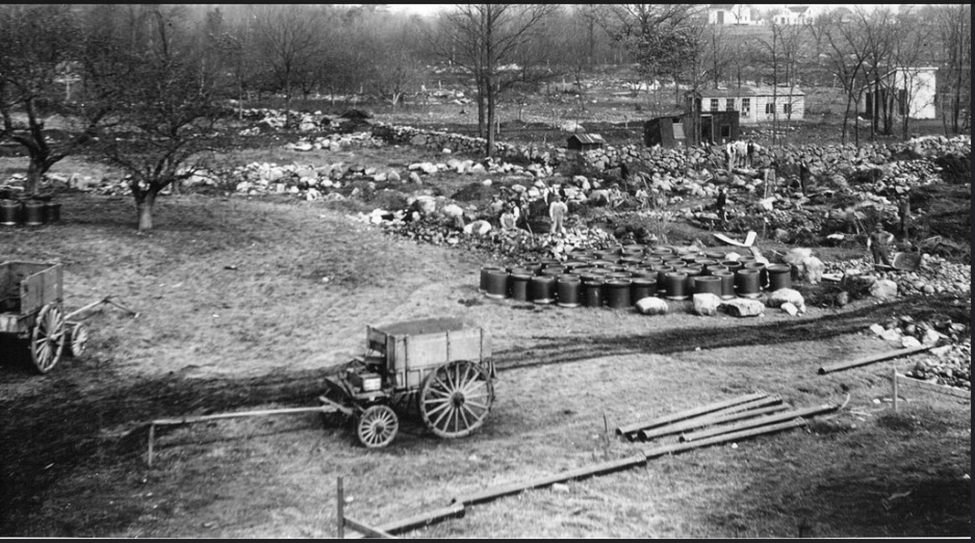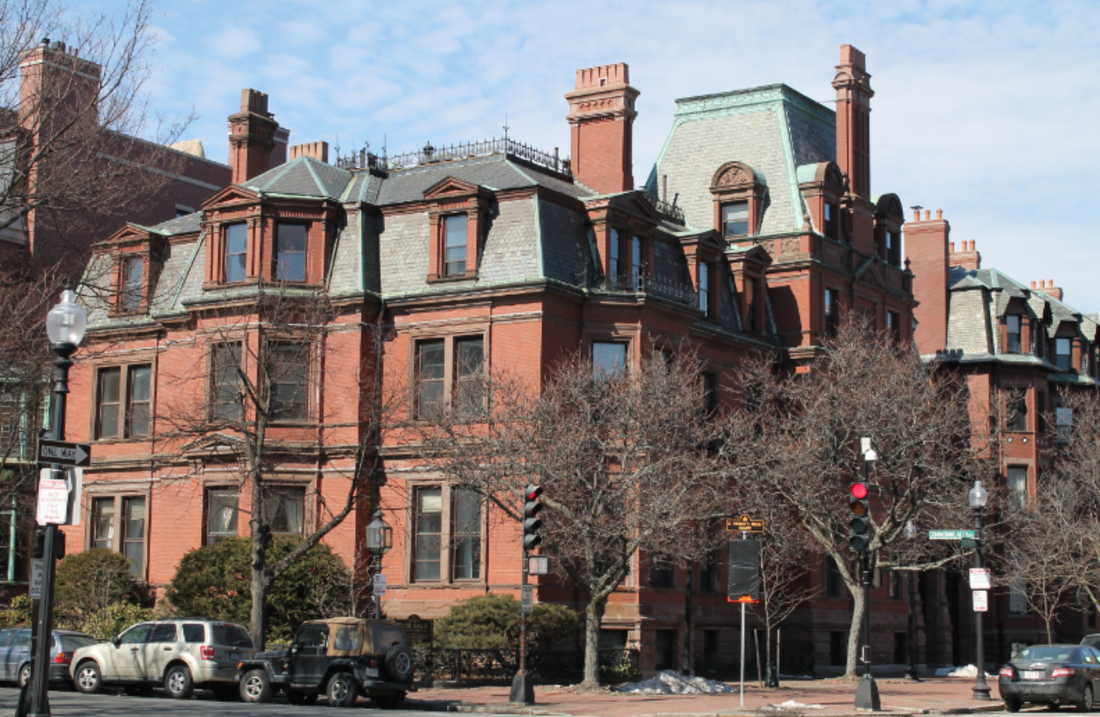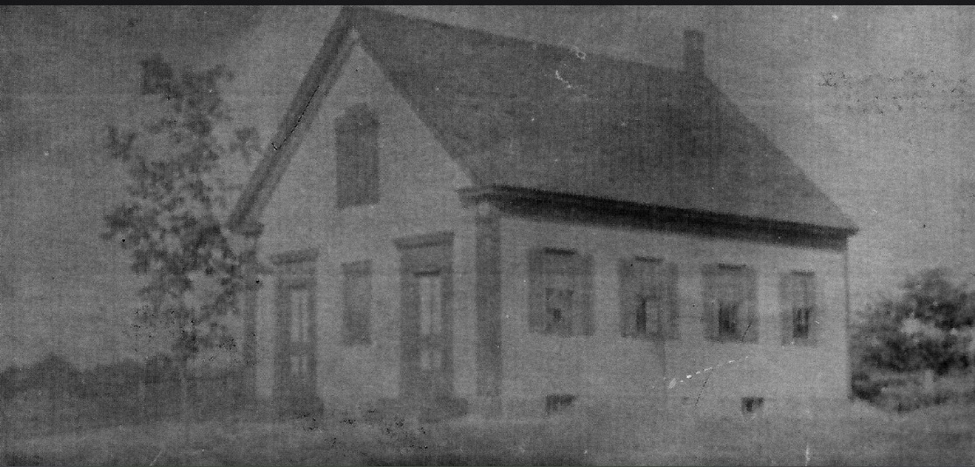|
A reminder- Sunday October 22 there will be an Open House celebrating the '50's, '60's and '70's. If you have any artifacts from those decades we could display, please contact the museum, or me, at the email below. Thank you! Hope to see you there. Also, a correction on the last biweekly. Wheaton Farm is larger in area than the part of Borderland that lies within Easton! A Peek Back in Time, Easton Town Reports 1870-1 & 1873-4 On a dreary, rainy, Monday I took a look back in time by browsing through some old Easton Town Reports. I was drawn to Death Records and Almshouse Records. What I found made me grateful for the basic, and not so basic, medical advances and social services that we enjoy today. Causes of death were quite different in the late nineteenth century and an inordinate number of people died young. Many of us have had the experience of walking through an old cemetery and seeing this painful truth carved in granite. Among the older people, some causes of death sound familiar, not so much, others. Familiar causes of death were: pneumonia, heart disease, kidney disease. Less 'modern' causes were typhoid fever, consumption, and cholera morbus. Photo from a page of the 1870 Town Report, Deaths. In 1870 Easton resident Caleb Swan died at the age of 75. The record says “erysipelas”. Erysipelas is a skin infection caused by streptococcus bacteria. It is also called St. Anthony’s Fire and today is usually treated with antibiotics. Also in 1870, Sarah T. McDavitt, 2 months and 4 days old, died of inanition. Inanition is defined as “exhaustion due to lack of nourishment”. She was one of two that year. A fifteen-year-old boy died from cephalitis, an obsolete term for encephalitis. Hydrothorax, paralysis brain, and Par. Insanity (1873) were other diagnoses. A 1-year-old died from a burn. Of 41 deaths, 9 were due to 'Old Age', for 3 very young children, no cause at all was given. People, especially young people, died from dysentery and cholera, diseases that today primarily affect countries in the developing world.* *A 6 month old, 7 month old, and a 48 year old in 1870. In the year ending in 1874 there were 79 deaths; 43 of those deaths were of people under the age of forty. More than half. In contrast, in 2000, there were 163 deaths in Easton, none were under the age of 20. Between the ages of 20 and 40 there were several deaths; the causes were not listed. In 1873 young people under age 10 died of- dropsy of bowels (1), congestion of lungs (1), cholera (7) smallpox (2), inflammation of bowels (1), convulsions (1), disease of the brain (1), inanition (3), croup (1), teething (1), meningitis (3), scarlet fever (1). The Almshouse The purpose of the Almshouse was to take care of the poor. The town bought land and a farm in 1838 to use as a poor farm and an almshouse. It was located in the general vicinity of the Center School. A new, improved almshouse was built in 1874. According to Ed Hands in his book Easton's Neighborhoods, prior to 1838 the poor were cruelly auctioned off to the lowest bidder. Often they were old or mentally disabled. A ticket to admit the bearer for one night only, 1871. Appearing in the Town Report from Almshouse in 1893: Expenses outweighed income as an unusually large number of tramps, 289, were lodged and fed that year. The number of paupers was 1/5 higher than previous year. Outside of the Almshouse itself, aid was given to 57 additional people for a total of $2,157.79. A portion of the Almshouse report in the Town Report 1873. There were equal numbers of men and women. Two 'inmates' died that year.
Although our current institutions created to manage the sick and poor are far from perfect, they are an improvement.over past practices. The forecast for tomorrow is 74 degrees and sunny. Anne Wooster Drury [email protected]
0 Comments
Your comment will be posted after it is approved.
Leave a Reply. |
Author
Anne Wooster Drury Archives
June 2024
Categories |
Easton Historical Society and Museum
PO Box 3
80 Mechanic Street
North Easton, MA 02356
Tel: 508-238-7774
[email protected]



